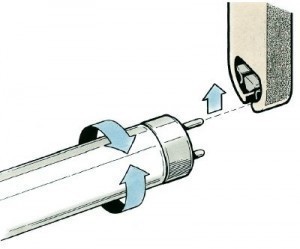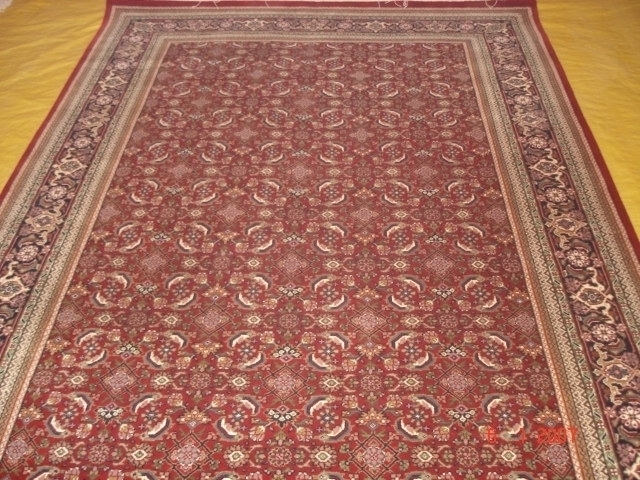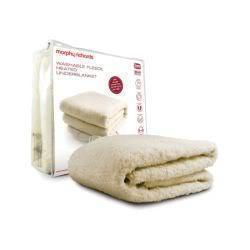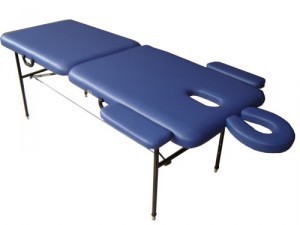Fluorescent Lamp Dimensions
Sometimes referred to as fluorescent tube, a fluorescent lamp  makes use of electricity to excite the vapor of mercury. Once excited, the atoms of mercury create shortwave ultraviolet light that makes phosphor to fluoresce. This will then lead to the production of visible light. This gas-discharge lamp can turn electrical power into a light that is more useful compared to that produced by incandescent lamp. In addition to these important details, it is also good to know the different fluorescent lamp dimensions.
makes use of electricity to excite the vapor of mercury. Once excited, the atoms of mercury create shortwave ultraviolet light that makes phosphor to fluoresce. This will then lead to the production of visible light. This gas-discharge lamp can turn electrical power into a light that is more useful compared to that produced by incandescent lamp. In addition to these important details, it is also good to know the different fluorescent lamp dimensions.
Dimensions of Fluorescent Lamps
The length of fluorescent lamp tubes varies, ranging from 3.9 inches to 96 inches or 100 millimeters to 2,430 millimeters. The length of lamps with T5 tube diameter designation ranges from 22.2 to 57.6 inches or 563 to 1,463 millimeters. Meanwhile, lamps with T8 tube diameter designation are usually 17.2 to 59 inches or 437 to 1,500 millimeters long. For T12 lamps, the length ranges from 24 to 72 inches or 590 to 1,800 millimeters.
Additional Facts and Other Important Details
Fluorescent lamp tubes are filled with gases that contain low-pressure mercury vapor plus krypton, neon, xenon or argon. Each lamp contains approximately 0.3 percent of atmospheric pressure. Inside the bulb, the surface is covered with fluorescent with slight amounts of phosphorescent. The cathode inside the bulb is made up of coiled tungsten, which is then covered with a combination of strontium, barium as well as calcium oxides.
Today, the most popular form of fluorescent light bulbs is the CFL, which stands for compact fluorescent light bulb. In the United States, its use in residential homes is still very low, which is limited to garages, basements as well as kitchens. In some locations in the country such as California, factors like environmental awareness and tax incentives have led to higher use.
In other nations, the residential use of fluorescent light bulbs has been influenced by different factors including environmental concerns, financial concerns and the price of energy. Furthermore, other places have called for the complete replacement of incandescent light bulbs with fluorescent lamps. One of the reasons behind this move is luminous efficacy. Scientists believe that fluorescent lamps provide better visible light compared to incandescent lamps. Likewise, fluorescent lamps have longer life, lower luminosity and produces lower amount of heat.
However, the use of fluorescent lamps comes with certain disadvantages. When they are frequently switched on and off, they will age quickly. Likewise, broken fluorescent lamps pose health hazards because they contain mercury, which can somehow contaminate the natural surroundings. To stabilize the efficacy of fluorescent lamps, they need ballasts. Moreover, they are also bound to experience flicker problems.





